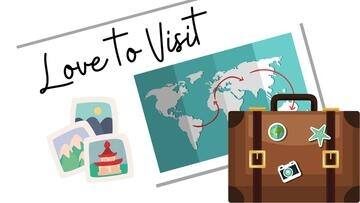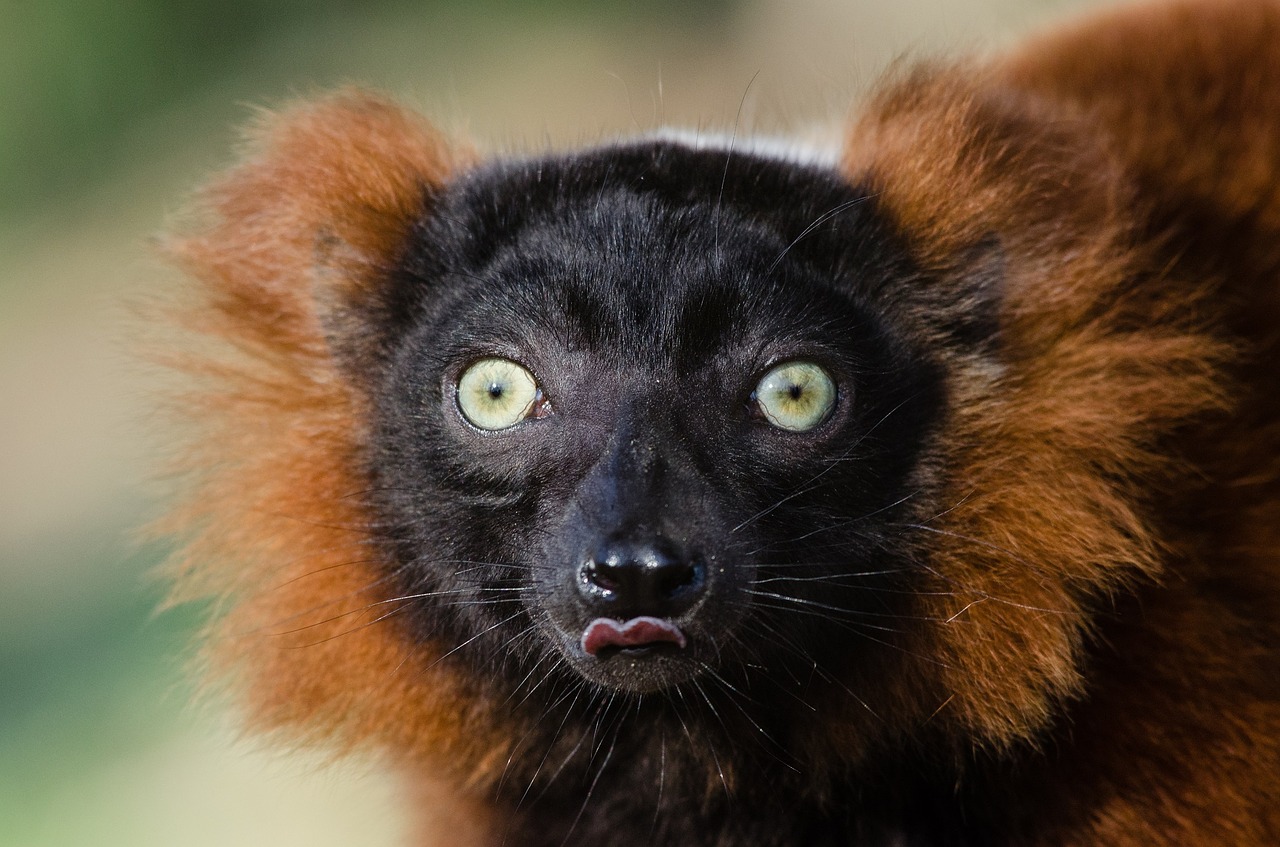What is Irish Dancing and How did it take the world by storm?
Irish Dancing originated in Ireland and encompasses group and solo dancing. Irish Dancing can be done for social The theatrical show, Riverdance, really made Irish Dancing famous worldwide. It originated as an interval performance act during the 1994 Eurovision Song Contest, featuring Irish dancing champions Jean Butler, Michael Flatley and the vocal ensemble Anúna. Riverdance made it’s debut on stage in the Irish capital, Dublin on February 9, 1995, in the presence of Ireland’s president, Mary Robinson.
Riverdance at the Eurovision Song Contest 30 April 1994, Dublin
History of Irish Dancing
Irish dancing originated with the Celts and druids and as Christianity started spreading, was influenced by similar dances from Europe. Remnants of the formations and the patterns used by the druids are still seen today.
Dancing was always accompanied by traditional music and was usual at special occasions or religious events.
When the Normans invaded Ireland in the twelfth century, they settled in the country and brought with them their native customs, dance being one of them. The ‘Carol’ was a popular Norman dance that was soon performed all over Ireland,
The Carol dance involved one singer placed in the centre of a circle of dancers who then followed his singing and danced accordingly. It is the first historically recorded dance in Ireland.
Three types of dancing evolved over time, the Irish Hey, the Rinnce Fada (long dance) and the Trenchmore. Instead of circular formations, line formations became common. These in turn became more complicated with female dancers weaving between males, or interchanging couples.
In the 18th century the phenomenon of the Dancing Master emerged a teacher who travelled between villages and towns holding lessons for peasants. Group dancing and more disciplined forms of dancing evolved, eventually leading to the dance competitions we know today.
In 1893 the Gaelic League was founded as an organisation to promote and encourage all aspects of Irish culture in Ireland. It organised formal competitions, lessons and rules for Irish dancing, and this further developed into the launch of the Irish Dancing Commission in 1930 to regulate the now immensely popular past-time. Irish dancing really took off once it had its own governing body, and over the following decades it spread to the vast Irish diaspora around the world.
Is Irish dancing popular in America?
In particular, the popularity of Irish dance is stronger than ever among Irish-, and non-Irish, Americans alike. For generations, Irish dancing remained a local pursuit, enjoyed recreationally among the Irish and Irish- American communities that developed across America.
What about the rest of the world?
We’ll sometimes Irish dancing spontaneously errupts!
But nobody does it like the locals!





